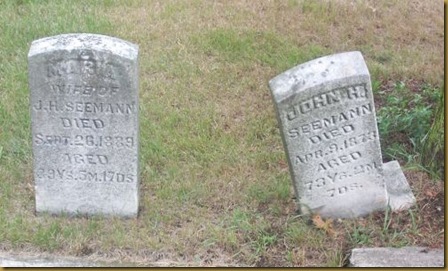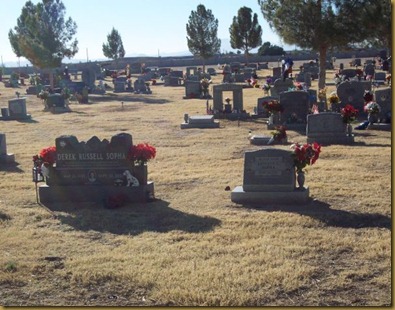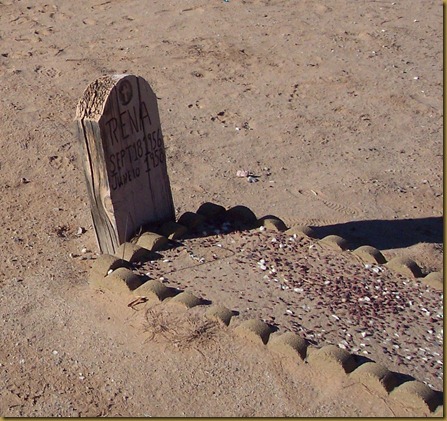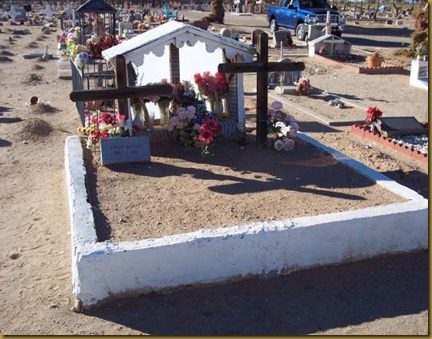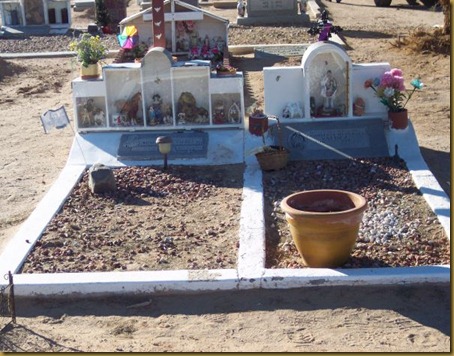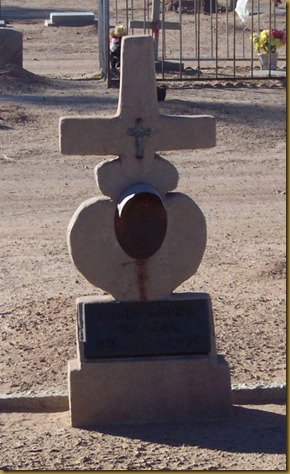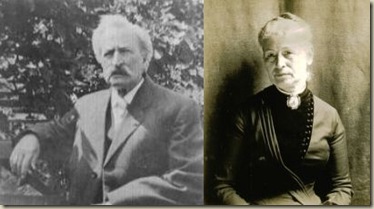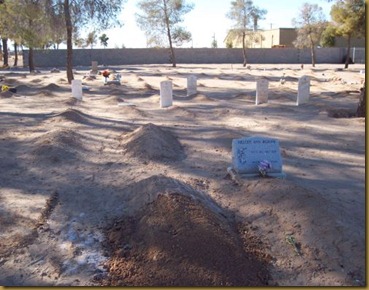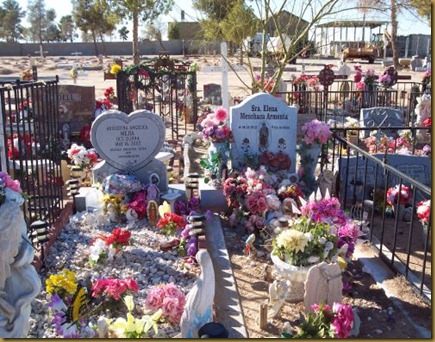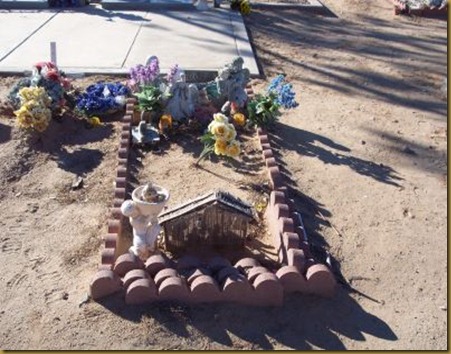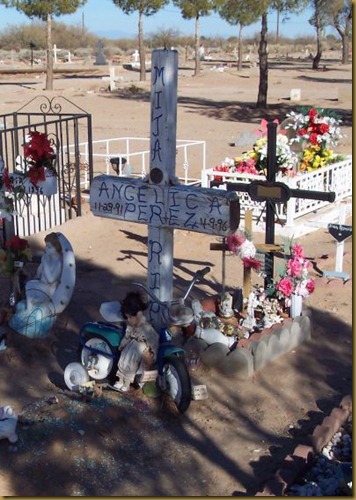
John Quincy Adams had a successful and adventurous life, but then, his family had already established a culture of adventure. His great- grandfather was a founder of St. Johnsbury, Vermont, he and wife Submit being the first settlers. John’s grandfather, Martin Adams with his brother, were among the founders of Newport (then Duncansborough), Vermont, and Martin was a Revolutionary War patriot.
John Q., the son of Abial Adams and Irene Gray, was born 12 Jul 1831 in Newport, Vermont, the sixth of sixteen children. At the age of 16, he moved himself to Burlington, Vermont, to attend college, supporting himself and paying tuition by teaching school. He did this for two years, and then returned to the house of his father. The following year, in 1851, he made his way to Stephenson County, Illinois, and decided to try his luck in the California Gold Rush, heading west in 1853. He spent five years there, after which he returned to Stephenson county with $1,000 and purchased a 240 acre farm in Florence township. He married Julia Van Brocklin, daughter of Florence township pioneers Conrad and Harriet Van Brocklin. About 1900, he was engaged as a store keeper, but otherwise farmed and worked as a carpenter.
He sold his farm in 1901, and relocated to Sutherland, O’Brien County, Iowa. His wife died in 1905, and he in 1907. They were both buried at Waterman Cemetery, just outside of Sutherland.

